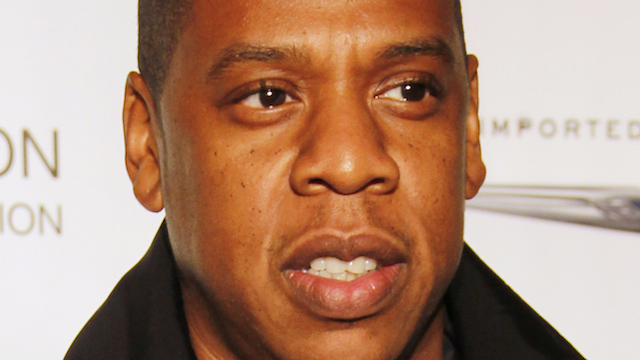Introduction
Few genres have cultivated such an eclectic and polarizing public perception as rap music has over the last four decades. Starting in the impoverished and cramped housing projects in New York throughout the late 1970s and 1980s, it swept the world as a global phenomenon, with many of the most prominent pioneers using it to escape poverty, becoming billionaires in the process. The immense success of specific individuals such as Eminem, Dr Dre, Jay Z and Kanye West has been primarily down to the astonishing crossover appeal the genre developed, particularly from the mid-1990s onwards.
The reason many deem the genre so polarizing is due to the lifestyle perpetuated by many in the industry. Multiple figures involved in the rap industry over the years, ranging from producers, rappers, agents and managers, have rapped about and been party to some pretty nefarious activities. Several of the top rappers of the 1990s found themselves in court or losing their lives because of gang affiliations, and it was this message that found itself in the news and resulted in a negative stereotype of the culture.
Living life in the fast lane
In the 1990s, in particular, gangsta rap music was dominating the news and the music charts. Huge names like Tupac and Biggie had developed a rivalry that was often in the news, with both rappers starring in movies and TV shows, often pictured at some of the top sporting events. Tupac, for instance, was often seen ringside at Mike Tyson fights. Vegas was a fitting home for those looking to project a lavish and exuberant lifestyle. Live table games, high-quality sports, and world-class music and entertainment are a given in Vegas. Therefore, the added presence of world-famous gangsta rappers would often get crowds and media interested, and complement the glitzy casino backdrops.
For rappers like Snoop Dogg, Dr Dre, Jay Z and Biggie Smalls, the 1990s were a frivolous time. The whole culture behind the scenes might have projected this image. In the case of Tupac Shakur, he was a conscious rapper who often played into the popularity of the gangster image but was much more socially aware than many of his adversaries. However, his untimely, brutal demise shows that there was a dark side to the culture that many people were unaware of. Biggie Smalls, Jam Master Jay and Big L are some of the other names whose lives were taken prematurely, primarily due to the culture that was going on behind the music.
PR management – the business of rap
Managing the image of an artist is vital, and rappers will often run with multiple stages, names or monikers to help sell their upcoming record or song. Some rappers are phenomenal business people. Jay Z and P-Diddy are two artists who have made just as much money from the management and licensing side of the business. Jay-Z embodied the early culture, adapted to the times as rap became more mainstream and gravitated to a more business-centric approach. After signing Kanye West to his label and branching out and diversifying into dozens of other types of media businesses, he is now the wealthiest musical artist in the world – worth over $2bn as of 2023.
The culture behind rap now follows a more grounded business model, a far cry from the hellacious tenacity that blighted the burgeoning scene toward the end of the 20th century. Dr Dre is another name that matured from a hardcore image to a bona fide, highly successful businessman, and you can measure the growth and current, modern image of the culture by exploring these artists’ journeys.
Current culture
Popular, modern mainstream rappers like Drake now project a much cleaner image than the rough and ready personas that littered the culture decades ago. Kendrick Lamar is also a name that dominates the genre, coming off a huge year in which he headlined some of the world’s biggest festivals. He is a conscious rapper with a message and a clean lifestyle. Despite his tough upbringing in Compton, he uses his message to inspire people to better themselves, and this is now the culture that has replaced a lot of the negative stereotypes from years gone by.
Although displays of wealth, jewelry and machismo can be on display occasionally, it is a culture that has now found its feet and continues to be one of the leading lights of the American music scene. While the business can remain secretive and play its cards close to its chest, it is in a much healthier position today than when it first established itself as a niche genre.

